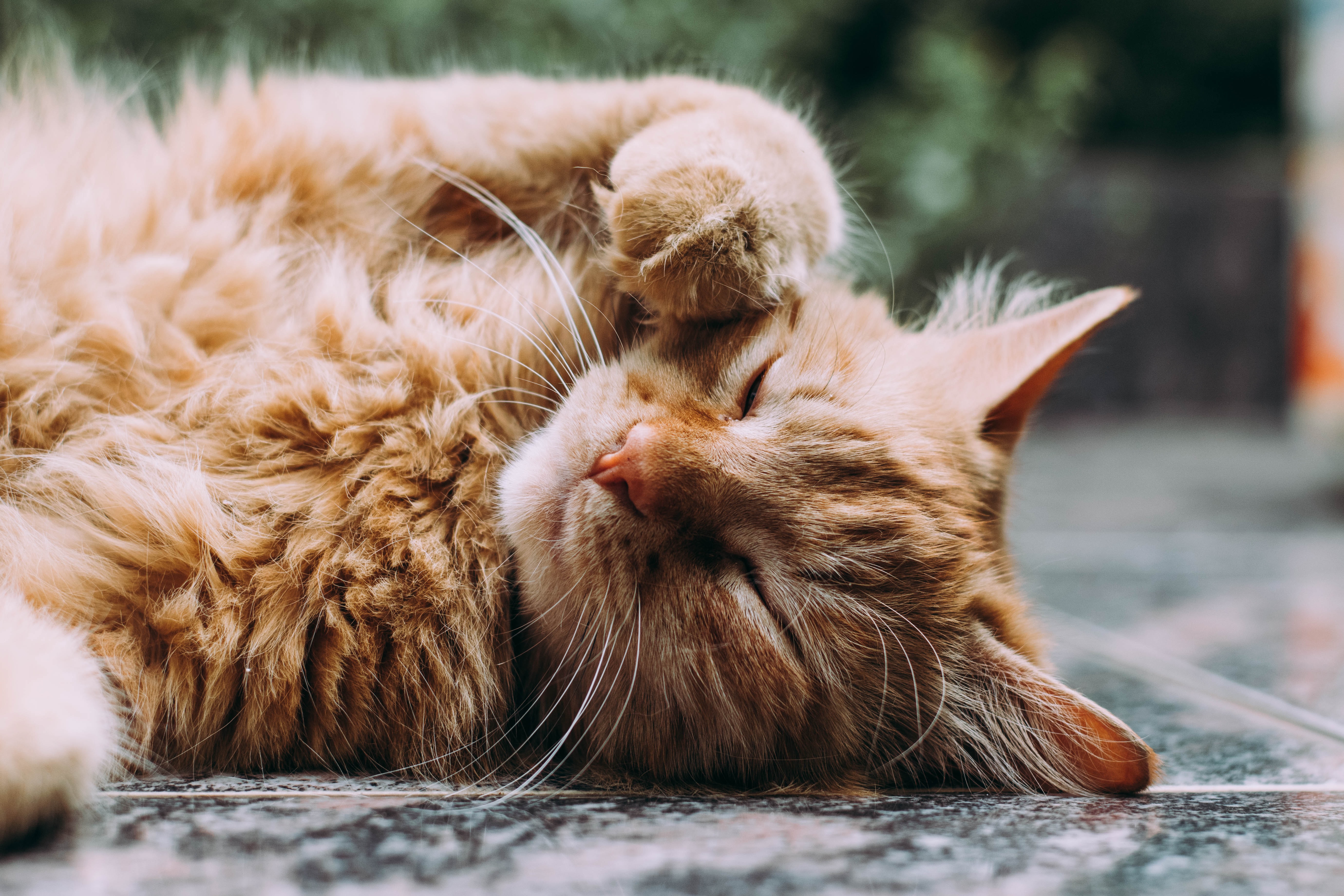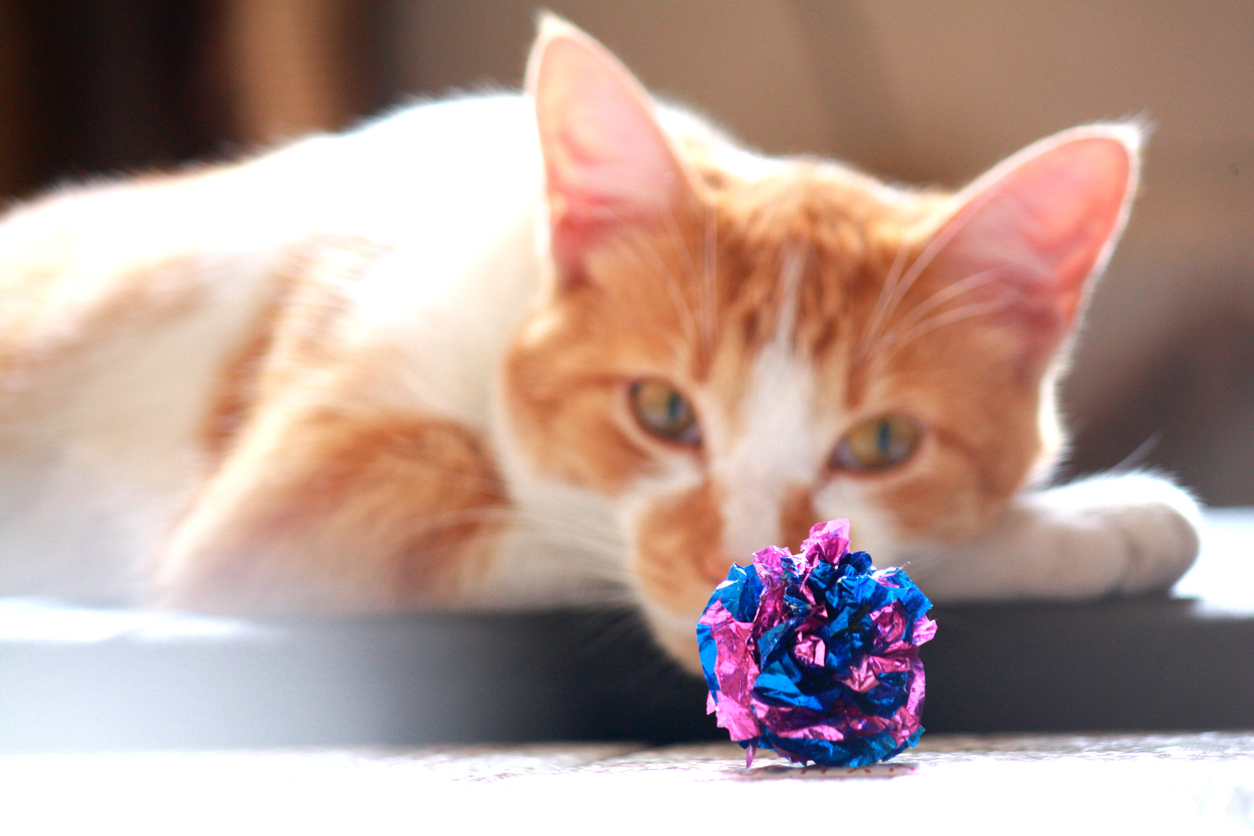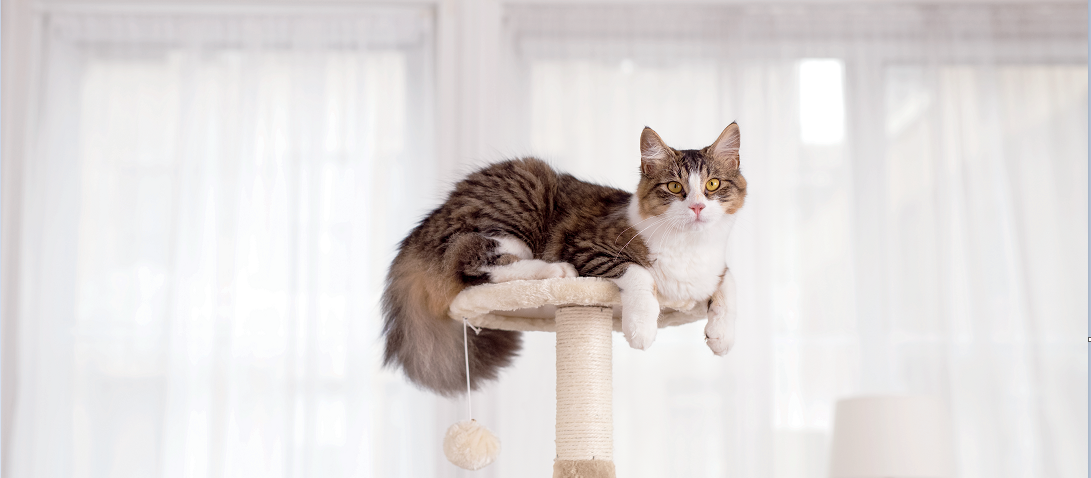
How to Help a Cat with Arthritis?
If your cat is slowing down, or having difficulty going up or down stairs or jumping up onto or down from surfaces, they may have ...
02 June 2021
Read More
Arthritis is the most common cause of chronic pain in all species, humans and dogs included1.
Unlike dogs, cats are very good at hiding signs of illness and pain. This means it is difficult to spot the signs of arthritis in our cats. Behavioural changes are the most common signs of OA pain in cats 2-4. More information on these changes can be found here Spot The Sign
Chronic pain caused by arthritis in cats has a detrimental effect on your cat’s mobility. Your cat may have trouble getting up or down the stairs, preferring to take a few stairs at a time then stop for a rest before starting again, or they may come down the stairs sideways. They can also have trouble jumping up onto, or down from surfaces in the house such as chairs or kitchen counters.
It is not just mobility that is affected by chronic pain. Your cat may not be able to go outside or hunt like they used to. They still have the urge to do so, but they can’t perform these behaviours because it hurts. This can lead to frustration and anxiety in your cat.
As your cat cannot move as easily as they used to, they may struggle to reach their food bowl or crouch down to eat. The pain can also affect their sleep patterns as they can’t get comfortable to rest sufficiently.
Chronic pain from arthritis can lead to an overall increase in your cat’s sensitivity to pain. This can sometimes be seen if you pet your cat and their skin ripples, or if they don’t like being touched when they used to enjoy it. Your cat may start to respond in an agitated or aggressive way when you try to touch or groom them. A cat that is in pain is less likely to interact with you and they may get agitated when you or another pet in the household tries to interact with them.
If you are unsure as to whether your cat may have arthritis pain, you can complete this simple Checklist. If the results indicate your cat may have arthritis, contact your vet to make an appointment for a check over. Arthritis pain can cause problems for your cat’s quality of life. Without treatment, the pain will continue to worsen. The good news is that there are many things we can do to help our cats live a more comfortable life. There are options available for pain relief which your vet will be able to discuss with you. It is important to work with your vet to decide on the right option for your cat, and you as their owner. Alongside medical treatment, there are things you can do within the home to ensure your cat can get around more easily.
References:
MM-14649

If your cat is slowing down, or having difficulty going up or down stairs or jumping up onto or down from surfaces, they may have ...
02 June 2021
Read More
Arthritis is a chronic condition caused when the normal joint tissues degenerate (or wear away), leading to pain and ongoing damag...
02 June 2021
Read More
Is my cat stressed? What is causing my cat to feel stressed? How can I help my cat? Just like humans, cats can get stress...
13 December 2017
Read More